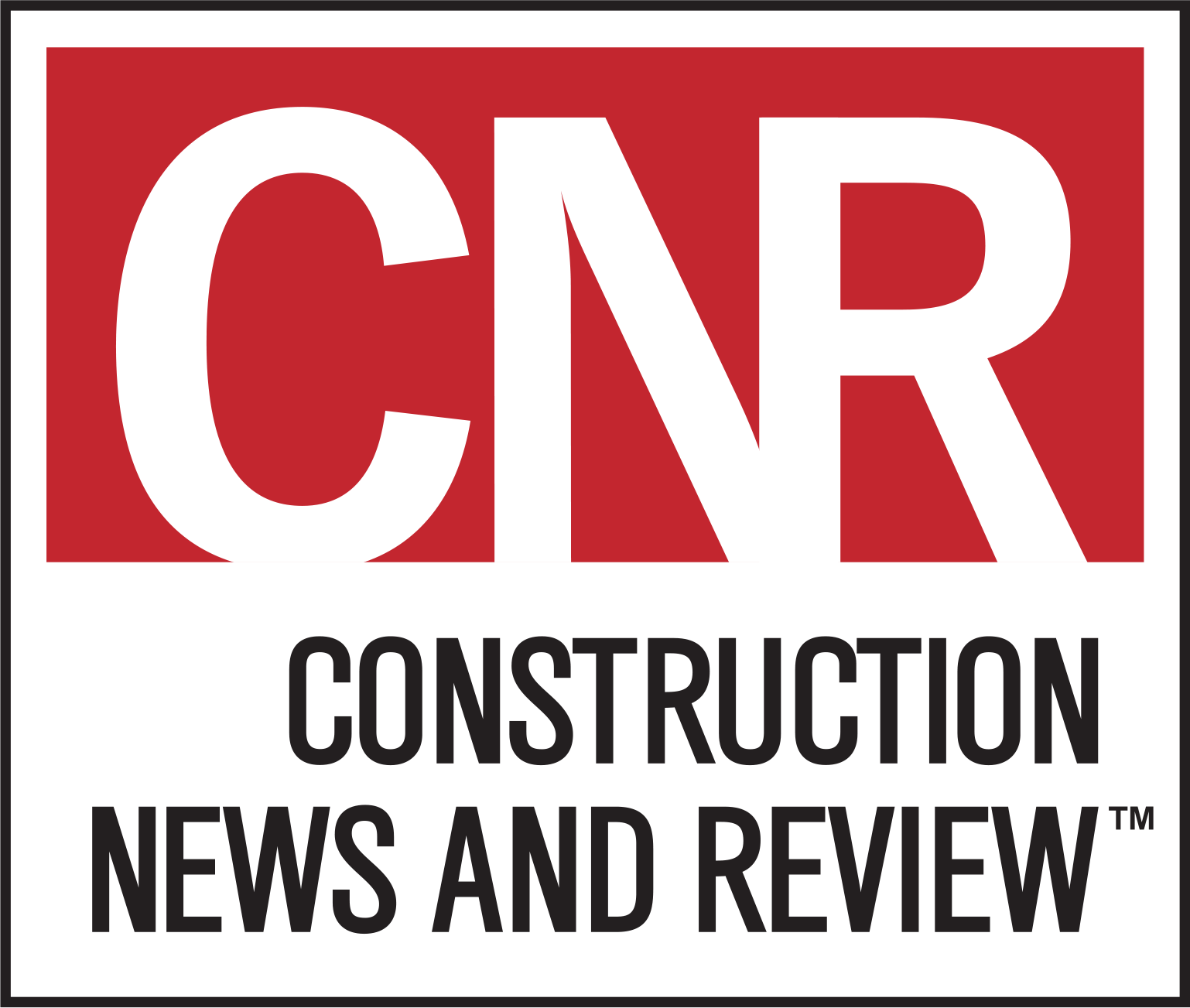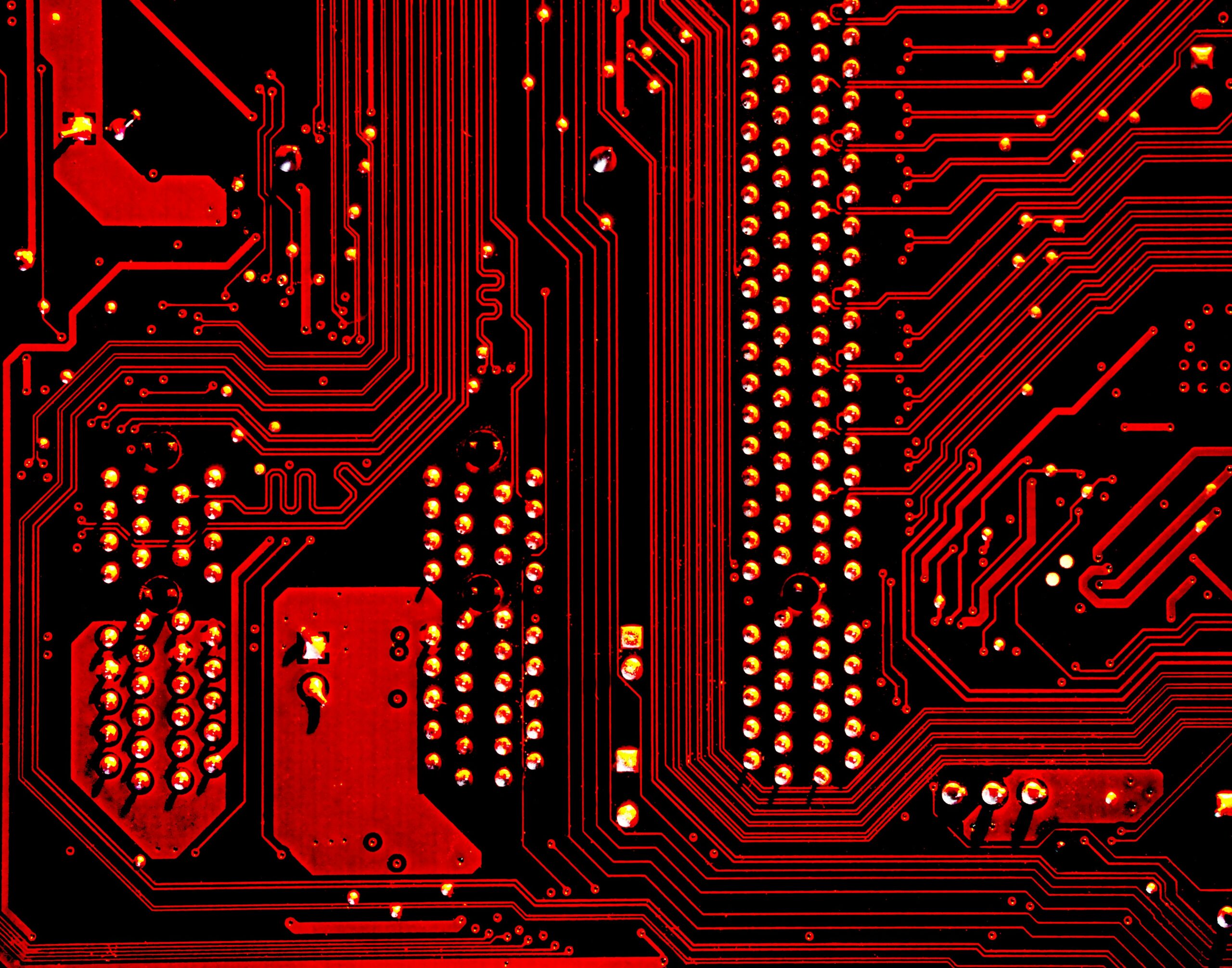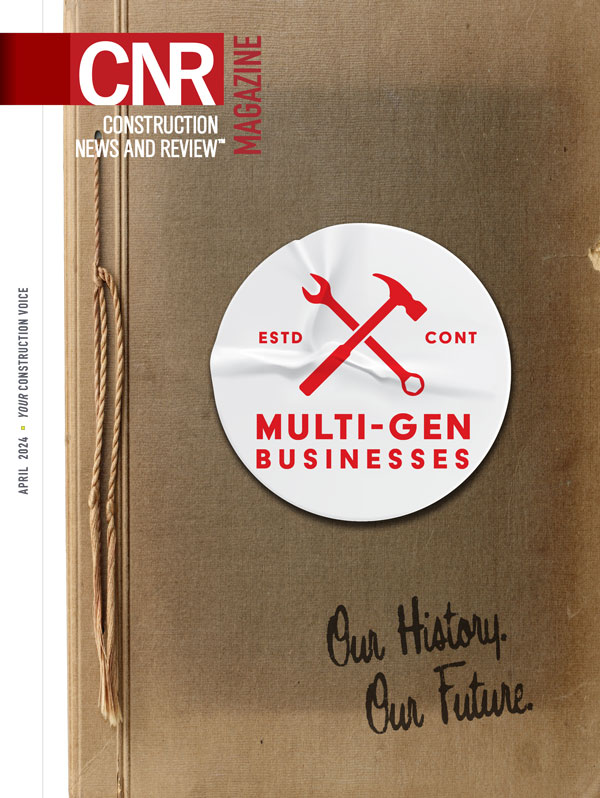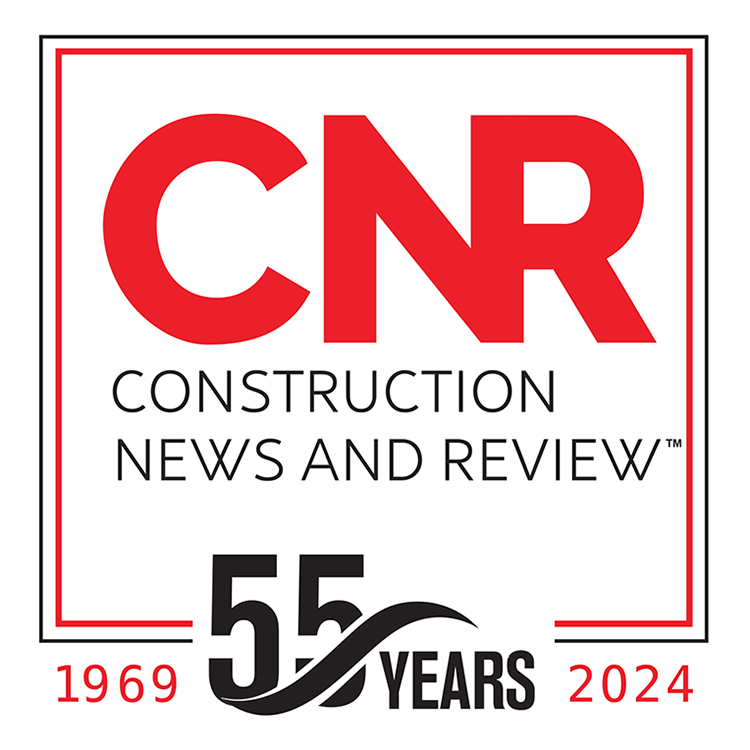AI Tools, Data Driving Construction Industry Efficiencies
By LUANNE JOREWICZ
Artificial intelligence is fast becoming a mainstay in American life, whether you realize it or not. Its benefits are so comprehensive that whole industries are bringing in experts to discover new ways of improving their business – and their bottom line – with it. The construction industry is no different.
On a basic level, tools like ChatGPT, Meta AI, Microsoft Copilot and others are being used as an AI assistant to augment daily tasks. These can be used to summarize meeting minutes and extract specs and contract language, among other tasks. On a grander scale, AI is being introduced to mitigate risk in several ways – including analyzing past project data to suggest risk allocation strategies, creating personalized safety training programs based on company data and performance and analyzing budgets for cost overruns.
According to Patrick Scarpati, director of construction technology and innovation for the Associated Builders and Contractors, “One goal of risk mitigation is to prevent as many reactive scenarios as possible. In addition to having a clear picture of a project from start to finish, it is imperative to also instill a culture of regular monitoring and reporting to continue to evaluate risk allocation.”
Generative design algorithms are based around AI, where you’re analyzing large data sets of information for building types based on specific criteria or your construction type, building type, economic culture around the space, weather conditions…all this data can be brought in simultaneously to get to “This is your best option.”
Taylor Moon, senior virtual design construction manager at Russell, says that AI in construction is going to have a significant influence in several areas: major planning and design, operations and maintenance, construction, analysis and data analytics. He sees it being used for optimization at the site, optimization in quantity take-offs, enhanced collaboration, quality controls, scheduling and time management.
“The current process for scheduling is a manual review and update to schedules, which is full of inefficiency,” Moon says. “Integration of AI allows you to automatically take those schedules and improve communication. AI is the biggest communication tool we have.”
Another key factor, he notes, is that it enables better visualization. You’re able to look at problems and properly react and be proactive and not reactive. And that efficiency is always a benefit to the bottom line.
Machine learning, a subset of AI, is used in construction in interesting ways, such as smart vision-based video technologies that can flag workers not wearing proper PPE as well as image recognition to detect jobsite progress or to analyze equipment data to predict maintenance, with a goal of reducing downtime.
Machine learning helps construction professionals analyze large datasets, determining all relevant data points, with a specific outcome, so in a schedule application, for example, project managers can determine how it’s all going to connect. Machine learning is a field of AI that uses statistical techniques that allow computers to learn from the data even though it hasn’t been explicitly programmed. AI enables computers to make decisions.
“Say this is the outcome based on data you put in,” says Moon, “so you’re making an educated guess. Machine learning is an expected outcome; if you integrate those two together, it’s easier to achieve the outcome you want.”
“When you’re able to use data sources to improve quality, you can use the good data to optimize what you’re doing – whether it’s your schedule or other mundane or repeatable tasks,” Moon adds. For example, he notes, an individual could go through every window in a building, tagging each one, and then use AI to select every window and identify them for future use.
Autonomous, robot-like technology is showing up on construction sites, such as drones that are programmed to fly aerial grid patterns to capture imagery for mapping or Lidar scans for 3D models. The aerial visualizations across the construction site can identify changes in terrain, structural damage and other causes for concern that are then transcribed to people who are evaluating the facility. Other examples include exoskeletons to augment lifting heavy objects and wheel-based rovers programmed to lay out wall lines on a concrete pad or subfloor; planning the routing of electrical and plumbing systems; and self-driving construction machinery that performs repetitive tasks more efficiently than humans can.
AI offers a little more capability in repetitive tasks, says Moon, via automation powered by AI in areas like masonry, welding and concrete being poured by a cement machine.
“It’s an automated robotic system…apply your data set, set the parameters and set controls to ensure compliance. Much like a kid drawing within the lines, you’ll achieve quality control,” Moon says.
On the design side, there are now software platforms that allow construction project team members to design a fabrication-level model, such as running mechanical duct. For example, with a 60 foot-long duct, AI-inspired software specifies exactly where to cut that duct every five feet for installation and shipping. “It’s transforming our processes from digital responses to actual ones,” says Moon. “What would have taken 10 hours can be reduced to one hour.”
But big data is the key to drive exponential AI technology growth in the construction industry, according to Scarpati.
“In recent years, the metaphor ‘data is the new gold’ has come to light,” he says, noting companies that are able to collect, analyze and utilize data for insightful decision-making are able to gain a competitive edge. Scarpati cites an Autodesk and FMI Corp. 2020 study reporting that bad data may have caused $1.8 trillion in losses worldwide and may be responsible for 14 percent of avoidable rework, which amounts to $88 billion in costs.
Moon agrees. He says AI is only going as far as the industry’s good data and solid decision-making take it. Good AI decisions are based on having all the information. The more information AI gets, the better it gets at decision-making.
Scarpati warns that there’s a lot of work to do to establish policies and procedures for effective data collection and storage as well as understanding how to effectively analyze data to produce meaningful outcomes. He adds that companies should be creating a robust cybersecurity policy as well.
What’s the future of AI in construction? No one knows.
“In the early ‘90s,” says Scarpati, “we were wondering if the internet would dominate the construction industry. Today, while it doesn’t dominate our industry, it’s a tool that we give no second thoughts to, and we naturally expect it to be built into our daily workflows. AI may be no different, but we must first take a step back to ensure that we have a base-level understanding of what the technology is and continue to ask two questions: ‘Why is this tool important to me and how can I effectively use this tool to build safely, profitably, on time and within budget?’”
Moon foresees AI being used in automation, like prefabricated assemblies designed in advance to particular sizes, shapes or pieces. Altogether, he says, the industry is doing things more efficiently, more safely and at a higher level of competency or craftsmanship.
Isn’t that what construction is all about?
Fresh Content
Direct to Your Inbox

YOUR RESPECTED INDUSTRY VOICE
Join CNR Magazine today as a Content Partner
As a CNR Content Partner, CNR Magazine promises to support you as you build, design and engineer projects not only in and around St. Louis, but also across the U.S. CNR is equipped and ready to deliver a dynamic digital experience paired with the top-notch, robust print coverage for which you’ve always known and respected the magazine.







